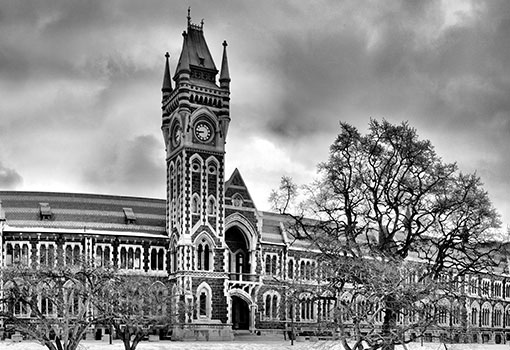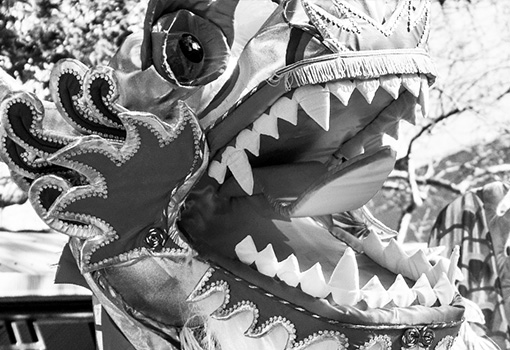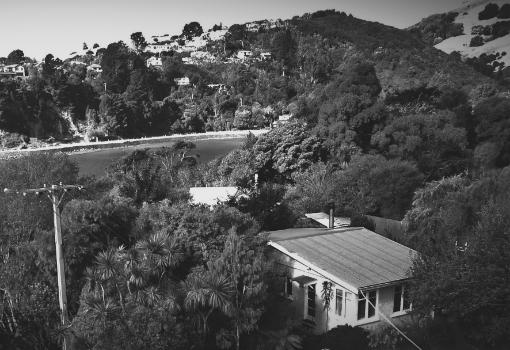
Pukeko stew to eggs with caviar: our community cook books
By Tony Eyre | Posted: Friday Apr 11, 2025
Community cookbooks are a glimpse of the way we were Tony Eyre writes.
Pukeko stew to eggs with caviar: our community cook books | Otago Daily Times Online News
A Dunedin Arts Festival event that kept me laughing for the best part of two hours was Te Radar’s Cook Bookery! held at the Mayfair Theatre to an almost full house.
The show lived up to its promotion as "hilarious, heartwarming, (and potentially stomach-churning)," as comedian, Te Radar, brought to life the cookbooks and recipes of celebrity chefs and food writers such as Aunt Daisy, Alison Holst, Graham Kerr and Des Britten.
Cookbook covers and images of colourful (and often garish and bizarre) dishes were projected on to a large screen, evoking memories of familiar culinary publications that graced our kitchens over many years.
I was curious to attend this show as I had recently found myself sorting through hundreds of cookbooks collected by the late Dr James Ng, the highly respected medical practitioner and historian who was renowned for his research into New Zealand Chinese history.
While his own library was rich in English/Chinese publications, his collecting tastes were eclectic, which might help to explain his interest in both the Chinese and Kiwi cookbook.
What particularly fascinated me was the broad range of recipe books published as community fundraisers all over Otago and Southland by such diverse groups as sports clubs, schools and kindergartens, churches, services organisations and scout groups.
Some are typed, cyclostyled and stapled booklets, while others are more sleek productions, often printed by the Otago Daily Times.
What they all have in common is local community contributions, almost entirely by women, of favourite family recipes collated to produce a fundraiser for much-needed equipment, resources or building improvements that perhaps fell outside of government funding priorities.
These community recipe books were a very common fundraiser for more than 40 years since the 1960s.
They also contribute to our social history, not only in the types of ingredients, cooking methods and products used, but also in the advances in kitchen appliances and utensils as shown in the adverts of manufacturers and retailers supporting the publications.
A couple of earlier recipe books from Dr Ng’s library took my fancy.
In 1938, the Waikouaiti Children’s Health Camp Association produced What’s for Lunch? a hardback with a lunchtime focus, as a fundraiser to buy equipment for the camp. Its president at the time was Lady Mary Ferguson, wife of Sir Lindo Ferguson, former dean of the Otago Medical School.
Leading the way was a luncheon menu "graciously contributed by Her Excellency Viscountess Galway", which suggests that society’s "well-to-do ladies" may have been the main suppliers of recipes such as eggs with caviar, shrimps a la Newburg and fillet of beef a la Pompadour .
At the top of every page was a culinary quote. My favourite was: "The dinner table is the only place where men are not bored during the first hour".
Taieri High School published their Gala Cookery Book in 1956, containing over 400 recipes "tried and tested by housewives in their everyday cooking".
You can often pick the more popular recipes. In the copy I browsed through, one double page (in the pudding section) was repaired with Sellotape and stained brown with cocoa and cinnamon spice.
Befitting Mosgiel’s smattering of rural folk, there are a couple of feral recipes that ready the cook for the shooting season — pukeko stew and roast swan.
Like most fundraising cookbooks, the financial support of local advertisers is essential, and local Mosgiel businesses back then like Frew Bros Bakery, Lynn Cake Shop and Coronation Milk Bar, supported the school initiative.
Of the more than 90 community cookbooks I put aside, there was one that broke the jelly mould.
In the early 1970s, the Otago Art Society, led by its president, Shona McFarlane, compiled a light-hearted and slightly risque cookbook to help with costs to convert the old Dunedin North Post Office into a permanent home for its gallery.
Artist members supplied the recipes, and Dunedin artist and film animator Fred O’Neill provided cartoons throughout the book of a nude woman in a playful mood treading grapes, flipping pancakes, drinking Champagne and posing as an artist’s model.
Today, although the sausage sizzle still holds its own, there are more sophisticated fundraising methods that appear to have largely replaced the ubiquitous community cookbook.
What lay behind those amateur fundraising initiatives, and what strikes me most, is the sense of community that drives parents and others to work together to better the opportunities for their whānau, whether it be for their preschoolers and young students, sports players or the disadvantaged.
It is pleasing to see that the Hocken Library at the University of Otago holds a very large collection of New Zealand recipe books dating back to the 1880s, and no doubt there will be many more community cookbooks that could be added to their archives.
These recipe books are an important part of our heritage and enlighten us to how different our eating habits have evolved.
Anyone for calf’s brains on toast? I’m sure Te Radar will be a starter.
• Tony Eyre is a Dunedin writer and author of The Book Collector: Reading and Living with Literature.



